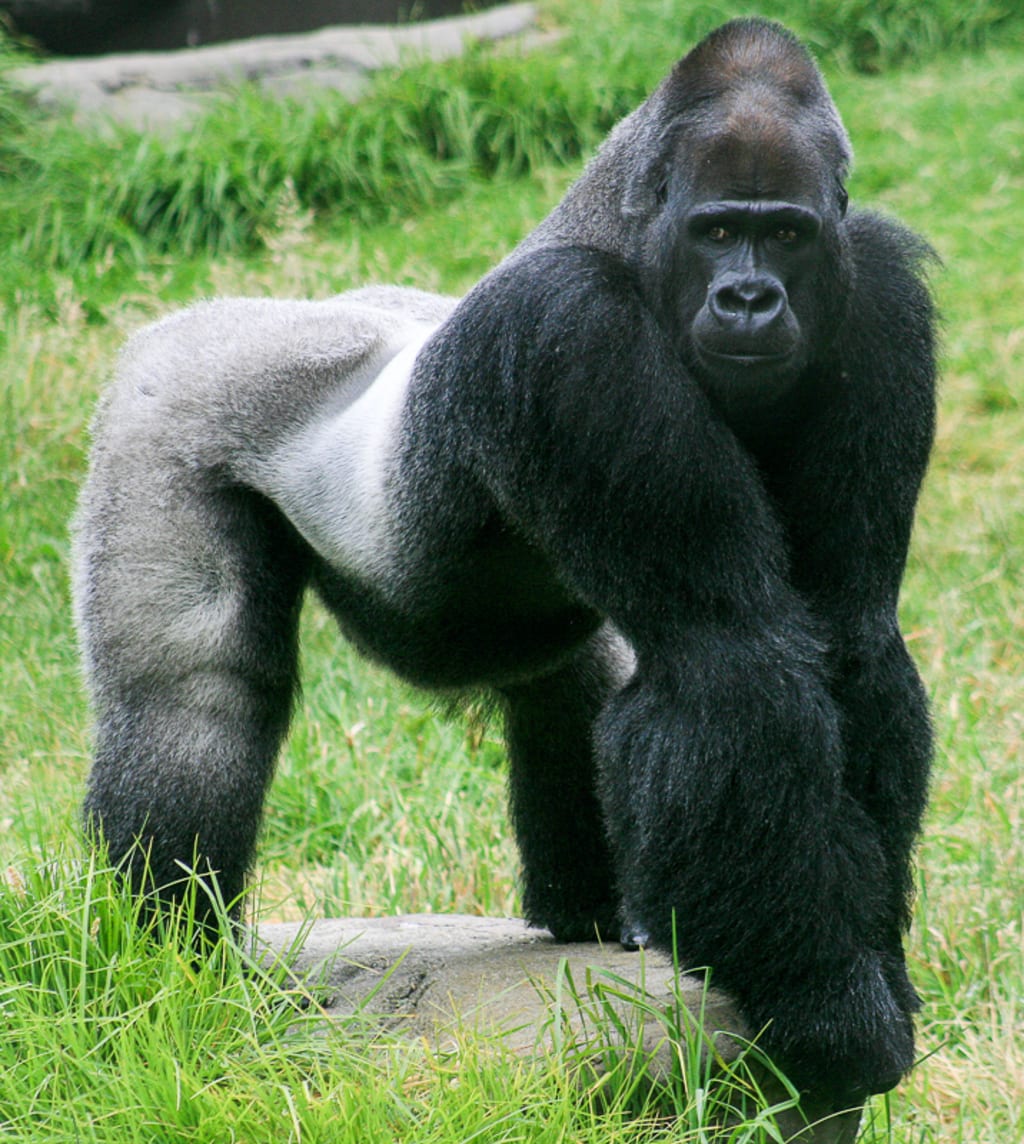The human race has not stopped "evolving" and there are many differences between this ancient maritime race and humans
Humanity has not stopped "evolving"?

"A thousand sails pass by in a sinking boat, a thousand trees spring up in front of a diseased tree". As the earth continues to evolve, new things emerge and nature continues to evolve in the process. Not only nature, but also human society, where every day new babies are born and every day people lose their lives. The same is true of species, which alternate between extinction and rebirth to form the colourful nature of today, and of mankind, which has emerged at the top of the food chain. So does this mean that we can continue to evolve from the human species to create a 'new human'?
The answer should be yes. The environment is always changing, and in response to different environments, organisms have evolved different traits to adapt, thus allowing populations to thrive over time. Isn't the height of the giraffe a perfect example of this? The survival of the fittest is still a constant. As long as the earth exists, all animals, including humans, will continue to mutate, filter and survive, replacing the old in the process and forming new species or new social relationships.
As things stand today, the chances of a 'new human' being being created are very slim. First of all, from the point of view of mutation, mutation is a low-probability event, and most mutations are not conducive to the survival of existing life, and are therefore eliminated by nature. In this case, the chances of a "new human" being being created are naturally very slim.
Moreover, humans have a high level of intelligence and possess active adaptability to environmental change, even by changing their environment to adapt themselves to it. The environment is one of the main factors that triggers mutations and the creation of new species, and humans will not evolve into "new humans" by actively adapting to the environment, as they would if they were passively adapting. Finally, in the context of rapid technological development, various means of transport have been introduced, making it easier and smoother for humans to communicate between different regions. Most reproductive segregation is based on geographical isolation, which is now eliminated by the close communication of humans from all over the world, so that there is little chance of reproductive segregation, and the probability of a 'new human' is once again reduced.
However, news has emerged that 'new humans' have in fact emerged, in the form of the Bajao people, who have long lived on water in Southeast Asia. Humans have not stopped 'evolving' and there are many differences between this ancient maritime race and humans. It is believed that the Bajao have lived in the sea for a long time, with their boats being their houses and the sea being the basis for their survival. And after being discovered by the outside world, the Bayao have maintained their way of life and their ecosphere, even closing themselves off from the outside world as much as possible. There are, however, some goods that cannot be obtained by the sea and they always send regular people with the goods they have obtained to the land to exchange them and then return to live on the sea. As a result of their long life in the sea, all of them are expert swimmers and divers, spending far more time in the water than the average person. Because of this, the Bajao people have undergone certain physical changes that have led some to suggest that they have become "new humans".
The Baguio people may be the first 'new humans'? Their bodies are already different from those of ordinary people. In order to find out if the Bajao people have really evolved, scientists have dissected the bodies of some dead Bajao people with their consent to study them. When the results of the autopsies were compared with those of normal human bodies, it was found that the livers of the Bajau were much larger than those of normal humans, allowing them to store more blood for longer periods of time in the water. However, the Bajau are not reproductively isolated from the general population at the present time and only have a mutation in their liver structure. Therefore, the Bajau are not 'new humans', but it does show that humans can still evolve.
As for why the Bajao lived for so long on the sea and not on land, experts believe that in part because their ancestors lived on the sea and not on land. Experts speculate that on the one hand it is because their ancestors migrated here for various reasons, such as war, and their current lifestyle has produced changes that no longer suit life on land, thus settling down completely on the sea. On the other hand, the Bajao do not belong to any of the countries in Southeast Asia, or there is no place for them to live on land, and they have to choose to continue to live on the sea. But whichever the reason, the Bajau people today have become somewhat different from the humans of today, but not completely different. In the long run, however, it is likely that in time the Bayao will become the first "new humans" in the region.
About the Creator
Vicky
The world is so wonderful, let's get to know the world together!
Enjoyed the story? Support the Creator.
Subscribe for free to receive all their stories in your feed. You could also pledge your support or give them a one-off tip, letting them know you appreciate their work.






Comments
There are no comments for this story
Be the first to respond and start the conversation.